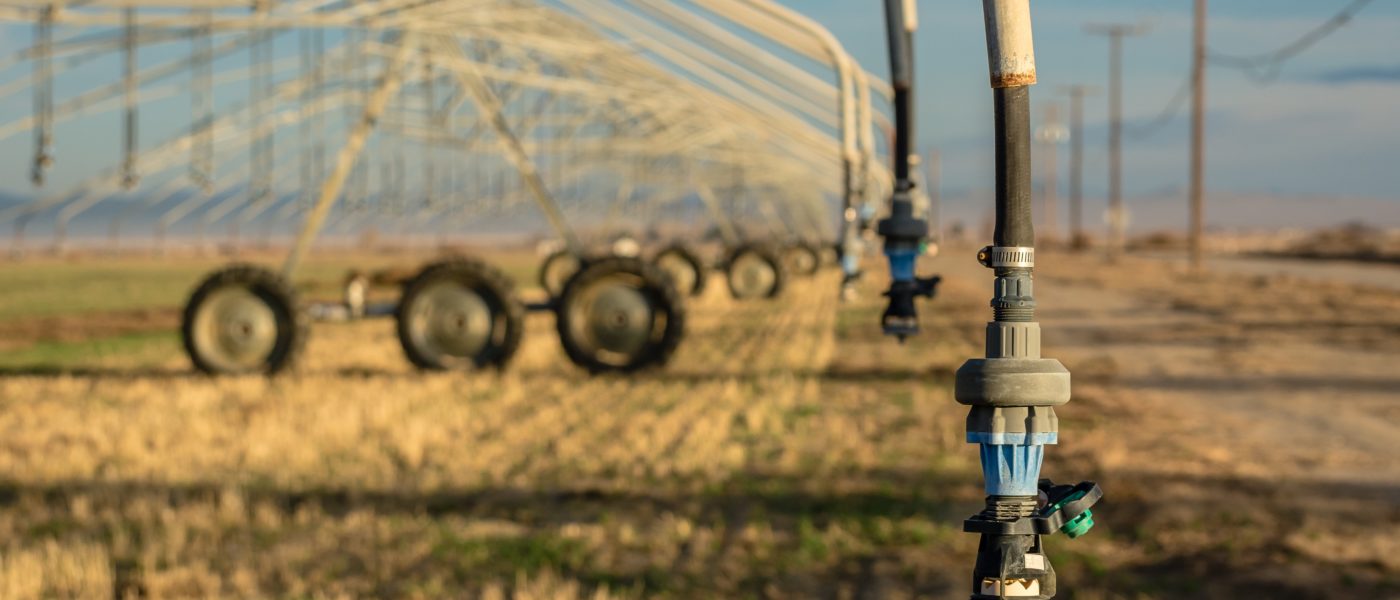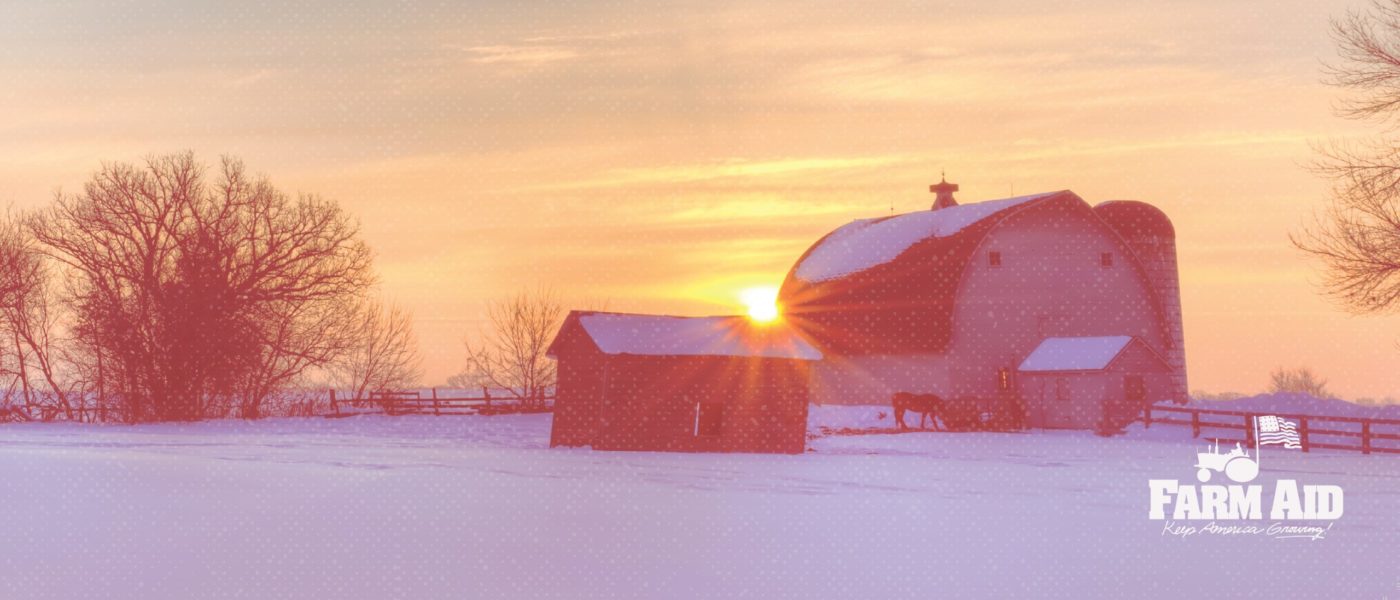What We’re Hearing
Since its inception in 1985, our Farm Aid hotline team has routinely witnessed the consequences of natural disasters, policy decisions, trade wars, corporate consolidation and most recently, the Coronavirus, on our nation’s family farms. At a time when the projected median farm income represents a negative value (estimated to decrease in 2020 to -$1,248) and the majority of farm families rely on second jobs to survive, there’s no leeway for additional stressors…and yet, the longest drought in US history has intensified to an unparalleled magnitude. Currently, 90% of the west is designated as “in drought,” half of which is classified as “severe” to “exceptional.” California’s Lake Mead, our nation’s largest reservoir, is at 35% capacity and the first ever mandatory water cuts have been imposed for the Colorado River.
How does this turmoil play itself out during a typical hotline shift? Over the past few months, our hotline operators have shepherded farmers through a variety of crises. Here is a handful of examples: A farmer reported his well spit out nothing but sand one morning when preparing to feed his livestock. During the time the hotline staff researched solutions, a family member obtained a loan to replace the well. Two farmers reported their cattle were starving due to escalating hay prices with little choice but to cull some of their herd; a variety of hay listings, low interest loans and alternative feeds to hay were provided to ease their trials. A farmer sought legal advice for himself and others in anticipation of a lawsuit from their local irrigation district; he was referred to the Farmers Legal Action Group (FLAG), “a nonprofit law center dedicated to providing legal services and support to family farmers and their communities in order to help keep family farmers on the land.”
We recognize that such distress calls represent a mere fraction of producers reeling from this drought. If you’ve been impacted, please know there’s support available. Start with two guides that offer a solid disaster assistance overview: Farm Aid Disaster Assistance for Farmers Guide and Rural Advancement Foundation International (RAFI)-USA’s recently updated Disaster Assistance webpage. You’ll notice a common theme amongst them: document, document, document. The adage “Use your camera before your shovel” cannot be stressed enough. It’s imperative to be able to prove the nature and extent of damage, and your efforts to obtain assistance when relief funding becomes available. Second, please make use of the national and state-based resource directory below to locate drought specific assistance and programs both nationally and in your state. California producer resources are particularly rich, thanks to a conversation with UC-Davis Cooperative Extension agent for Fresno and Tulare counties Ruth Dahlquist-Willard, who stressed the importance of working with your county’s cooperative extension office. These qualified folks are deeply attuned to your area’s support network.
Resources for Farmers and Ranchers Facing Drought
View the resources below, or click here to view this on Google Sheets.
You Can Always Call Farm Aid
We know that navigating these programs can be overwhelming as you work to recover from disaster. Please know that you can call 1-800-FARM-AID (or send us an email) at any time if you need support or help with the details. Farm Aid can put you in touch with someone near you to help you figure things out.
Finally, all the various drought designations and declarations can be confusing; it helps to have a general understanding of the distinctions as they dramatically impact the programs available to you. For instance, the USDA has the authority to declare individual counties as primary natural disaster areas when federal drought criteria are met, thus activating emergency assistance through its disaster relief programs for farmers in need. Click here for counties that have been declared natural drought disasters by the USDA to date. In contrast, a drought emergency, declared by each state’s governor, has few implications for financial assistance but mostly serves to implement state-wide water conservation practices. Temporary transfers of water rights and processing of emergency drought permits are often expedited as a part of those practices. Finally, governors in the drought stricken western states have urged President Biden to declare a federal drought disaster for these states, which would further expand USDA emergency drought program availability, and trigger further funding of emergency and recovery efforts via the Federal Emergency Management Agency (FEMA). Please keep these distinctions in mind as the drought status changes over time.
We work to keep this page up-to-date. If you know of additional resources you can share with us, please email farmhelp@farmaid.org or call our hotline at 1-800-FARMAID.



